As of March 2025, the Imperial Palace, which stands on the historic site of Edo Castle, offers a free general visit with a limited number of participants. This diary entry details my experience of joining the tour.
For more information, please visit the official Imperial Household Agency website on Imperial Palace General Visit.
Obtaining the Entry Ticket
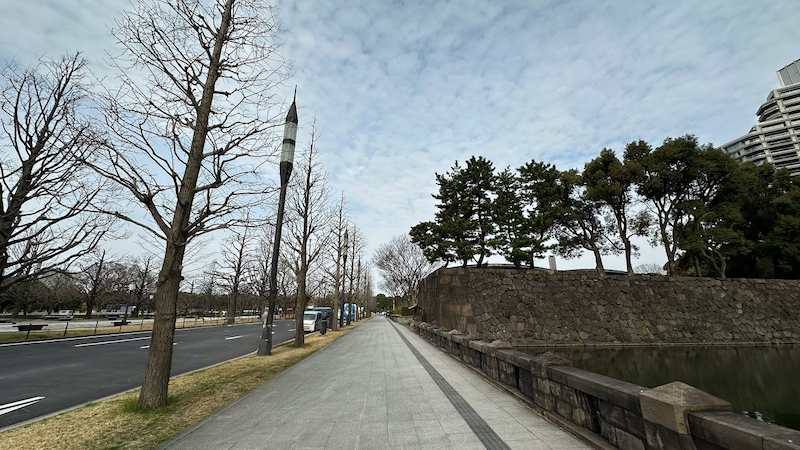
Upon emerging from Otemachi Station on the subway, I noticed a stark contrast—what is usually a bustling area filled with tourists was eerily quiet in the early morning. I arrived at Kikyo-mon Gate, the designated distribution point for the Imperial Palace General Visit tickets, at 8:00 AM. About 30 people were already in line, waiting patiently in the crisp morning air. As time passed, more visitors arrived, and by 9:00 AM, the queue had grown significantly—clear evidence of the popularity of the Imperial Palace tour.
At 9:00 AM, the staff appeared and began distributing the entry tickets. With my ticket secured, I had some time before the tour started, so I decided to head back toward Otemachi Station for breakfast.
Pre-Tour Coffee Break

I stopped by Starbucks, located a short walk back toward Otemachi Station from Kikyo-mon Gate. I ordered a warm café latte along with a tiramisu malasada—a fluffy, deep-fried pastry originating from Hawaii. The soft texture and gentle sweetness perfectly satisfied my morning hunger. From my seat by the window, I enjoyed a serene view of the Imperial Palace’s lush greenery, savoring the peaceful moment before the tour.
Entering the Imperial Palace: The Tour Begins

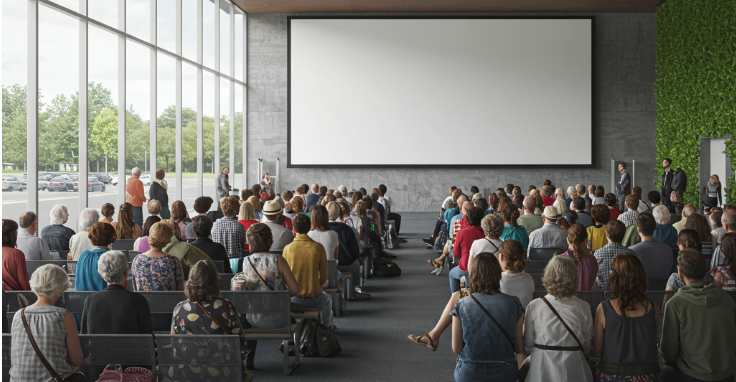
At 9:45 AM, I returned to Kikyo-mon Gate, where I received a numbered badge to wear around my neck. Passing through the gate, I was led into a large waiting hall, already filled with around 500 participants. After handing over my entry ticket, I received a tour pamphlet, and soon after, a staff member began explaining the tour guidelines.
The tour was multilingual, offering explanations in Japanese, English, French, Spanish, Chinese, and Korean, reflecting its international appeal. There was also a souvenir shop, and we were advised to make purchases before the tour if we were interested.
Finally, the tour began. The Japanese-language group was the first to move forward, marking the start of an exciting journey through the historic grounds of the Imperial Palace.
1. Fujimi Yagura: A Symbol of Edo Castle
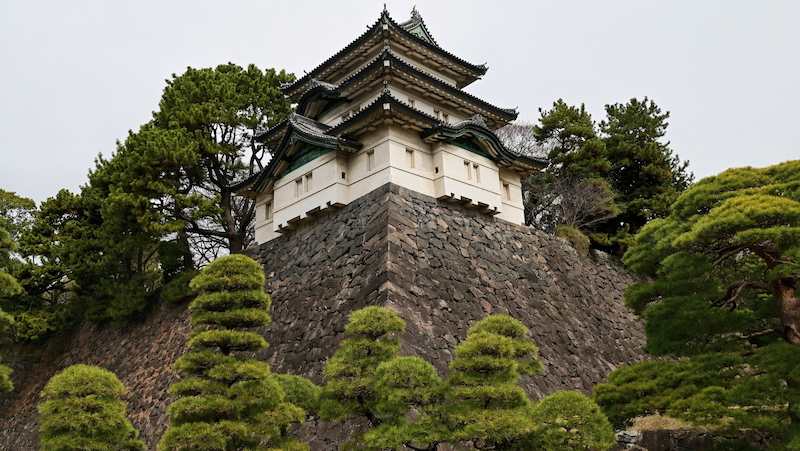
The first stop on the tour was Fujimi Yagura, a historic watchtower that preserves the spirit of Edo Castle. While it can also be viewed from the East Gardens of the Imperial Palace, this was my first time seeing it up close, towering majestically over the moat. The sight was truly overwhelming.
The name “Fujimi Yagura” (literally “Mt. Fuji Viewing Tower”) originates from the Edo period when Mount Fuji was visible from this very spot. The striking contrast between the white plaster walls and black tile roof makes it a prominent landmark even from a distance. According to the tour guide, this tower was built at a high elevation above the moat, making it less prone to humidity—today, it serves as a storage facility for artworks and cultural treasures. Learning that a former military structure now protects priceless historical artifacts added an extra layer of fascination to its rich history.
2. Fujimi Tamon and Hasuike-bori Moat
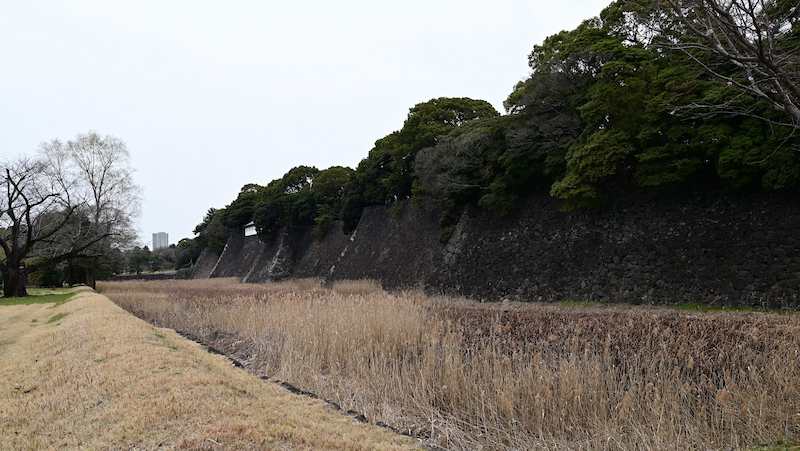
Next, we visited Fujimi Tamon and the Hasuike-bori Moat below it. Fujimi Tamon is located beside the Honmaru Ruins in the East Gardens of the Imperial Palace. While it is usually accessible to visitors, this was my first time admiring it from the outside. Originally a defensive structure, Fujimi Tamon once housed samurai warriors guarding Edo Castle.
Looking down, we saw Hasuike-bori Moat, which was once covered in blooming lotus flowers, as its name suggests. While no lotus flowers remain today, the moat still retains its Edo-period form, allowing visitors to imagine the historic scenery of feudal Japan while strolling through the grounds.
3. Imperial Household Agency Building and the East Garden of the Palace
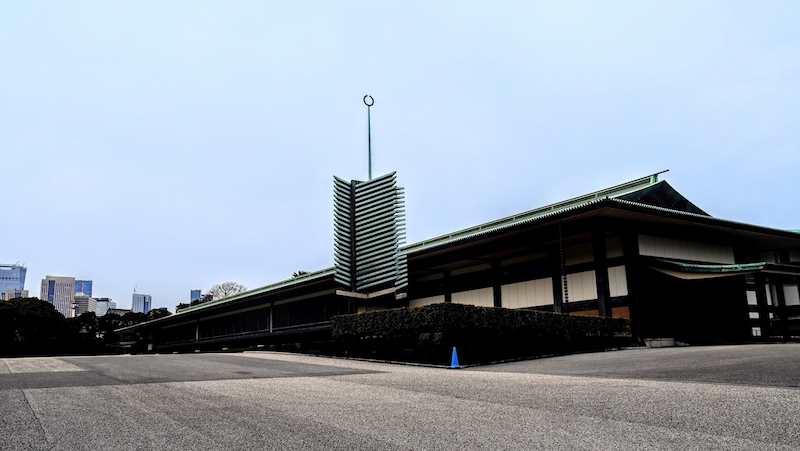
Continuing the tour, we walked past the Imperial Household Agency Building, where official affairs related to the Imperial Family are conducted. As this area is restricted to the public, we could only observe it from a distance.
Beyond the agency building lies the East Garden of the Palace (Totei), a site opened to the public during the New Year’s Greeting and the Emperor’s Birthday celebrations. As this area is usually off-limits, standing in this historic location felt like a rare privilege.
4. Nijubashi Bridge and Meganebashi (Eyeglasses Bridge)

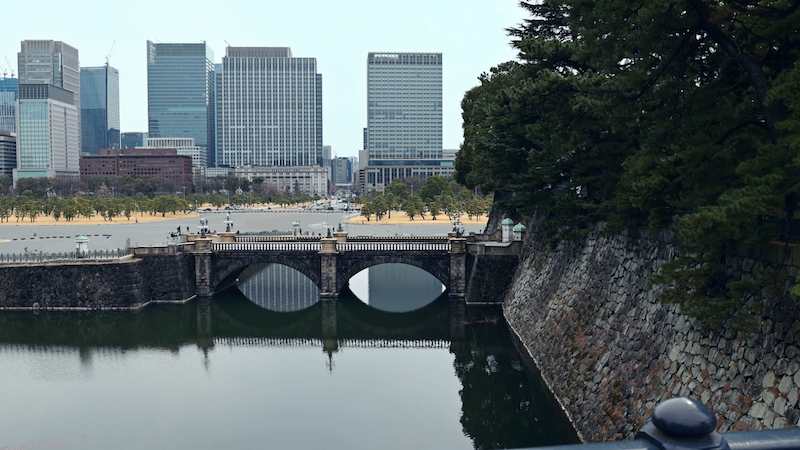
One of the highlights of Imperial Palace sightseeing is the Nijubashi Bridge, which frequently appears in tourist photographs. The name “Nijubashi” (meaning “Double Bridge”) has an interesting origin: in the past, a second bridge was built atop a lower bridge due to structural constraints. Although the current bridge is a single structure, knowing its historical significance adds a deeper appreciation when viewing it.
Before reaching Nijubashi, we passed the Seimon Ishibashi, commonly known as Meganebashi (“Eyeglasses Bridge”). This stone bridge earned its nickname because, on calm days, its semi-circular arch reflects perfectly on the water, forming an image resembling eyeglasses. On a still day, the scene must be truly breathtaking.
5. Fushimi Yagura: A Remnant of the Warring States Period

Visible from Nijubashi Bridge is Fushimi Yagura, a watchtower originally built for Kyoto’s Fushimi Castle. Legend has it that after the Battle of Sekigahara, this tower was relocated to Edo Castle.
This two-story watchtower stands with an air of dignified grandeur and is considered one of the most beautiful surviving Edo Castle turrets. Once a key defensive stronghold, it now serves as a historical monument, continuing to captivate visitors with its timeless elegance and significance.
Yamashita-dori: The Former Site of the Tōshōgū Shrine

After visiting Fushimi Yagura, our next stop was Yamashita-dori. Known as one of the most serene and picturesque paths within the Imperial Palace, this tree-lined street exudes a tranquil, timeless atmosphere, allowing visitors to momentarily forget the fast pace of modern life.
According to the guide, Momijiyama (Maple Mountain) is located along this path. As someone who enjoys visiting Tōshōgū Shrines across Japan, I was deeply moved to finally stand in this historic location. Momijiyama, situated on the western side of Edo Castle, was once home to the Tōshōgū Shrine and numerous temples. While I was aware that access to the mountain is now restricted and that none of the original structures remain, simply being there filled me with excitement.
Interestingly, the torii gate of the former Tōshōgū Shrine was relocated to Ueno Tōshōgū, preserving a piece of its legacy. As I strolled along the peaceful path, I noticed others leisurely enjoying the moment, seemingly reflecting on the historical significance of the area.
Post-Tour Reflections
The tour lasted approximately 90 minutes, after which we returned to Kikyo-mon Gate. Walking through the Imperial Palace grounds provided a unique opportunity to experience Japan’s rich history and culture firsthand. Seeing iconic landmarks like Fujimi Yagura and Nijubashi Bridge up close was truly a memorable experience.
While this tour offered a glimpse into the vast history of the Imperial Palace, there are still many places I would love to explore. Next time, I hope to visit the Inui Street Special Opening. Above all, I deeply appreciate the efforts of the Imperial Palace staff in maintaining and managing this historic site.
The Imperial Palace General Visit is a rare and enriching experience that allows visitors to walk through remnants of the Edo period, making it a truly luxurious and unforgettable journey through time.
Return to the Tokugawa Ieyasu page
Inside SHŌGUN – Uncover the Real Japan Behind the Epic Series #4
Inside SHŌGUN – Uncover the Real Japan Behind the Epic Series #3
Tokugawa Ieyasu: Model for Yoshii Toranaga
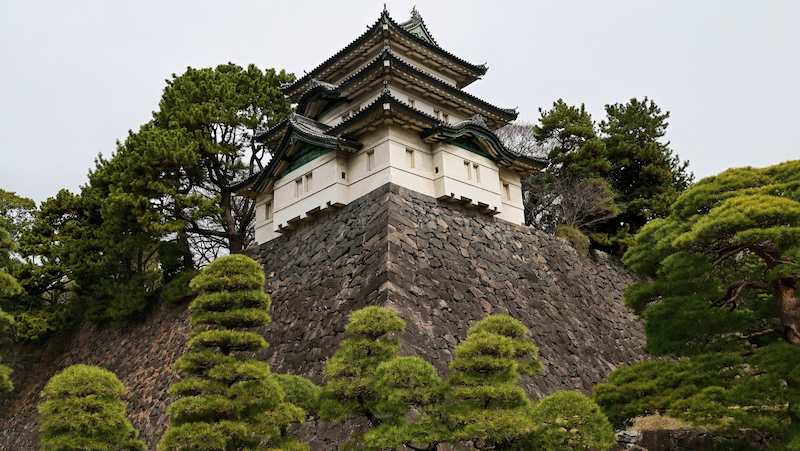


comment